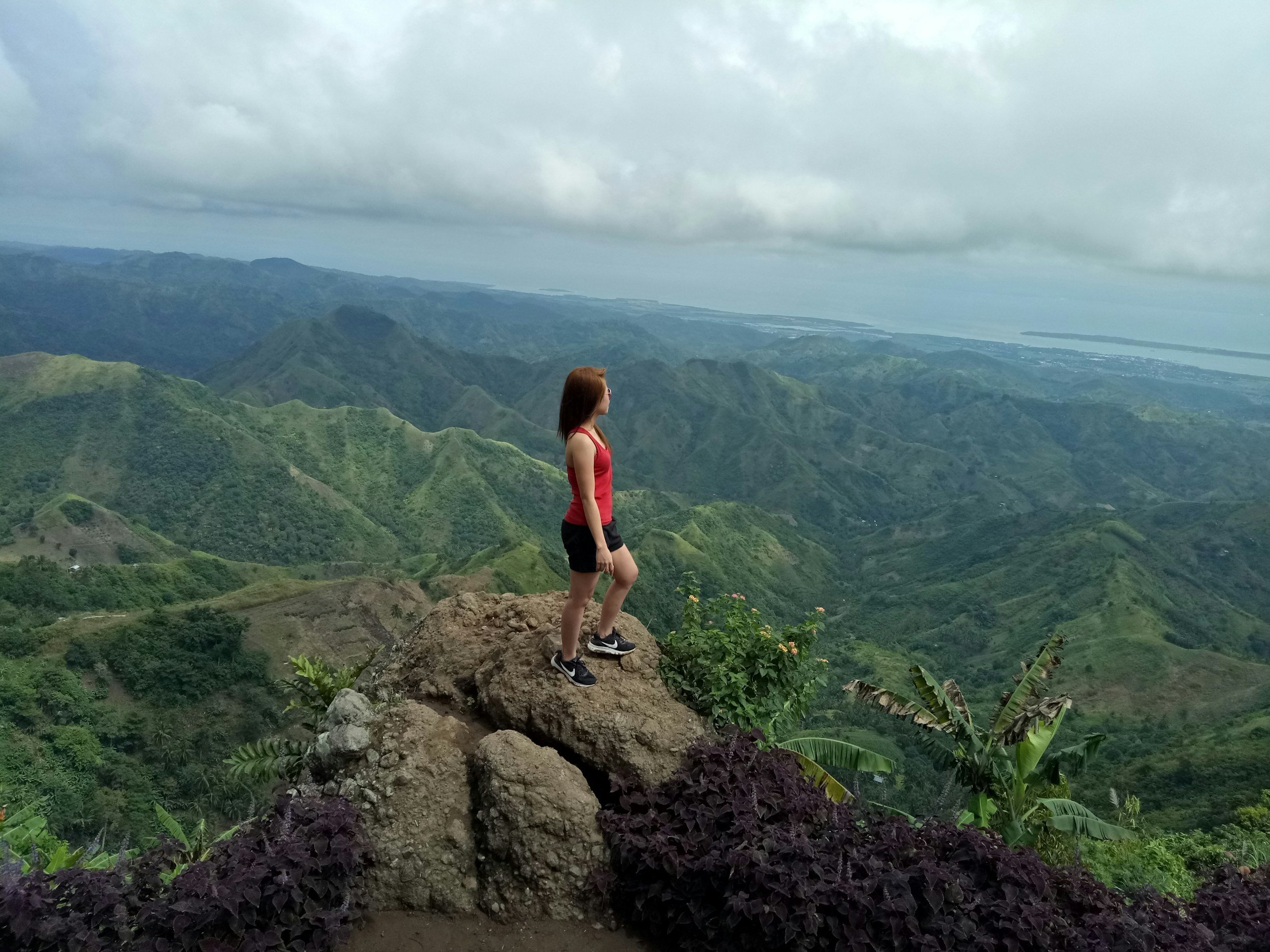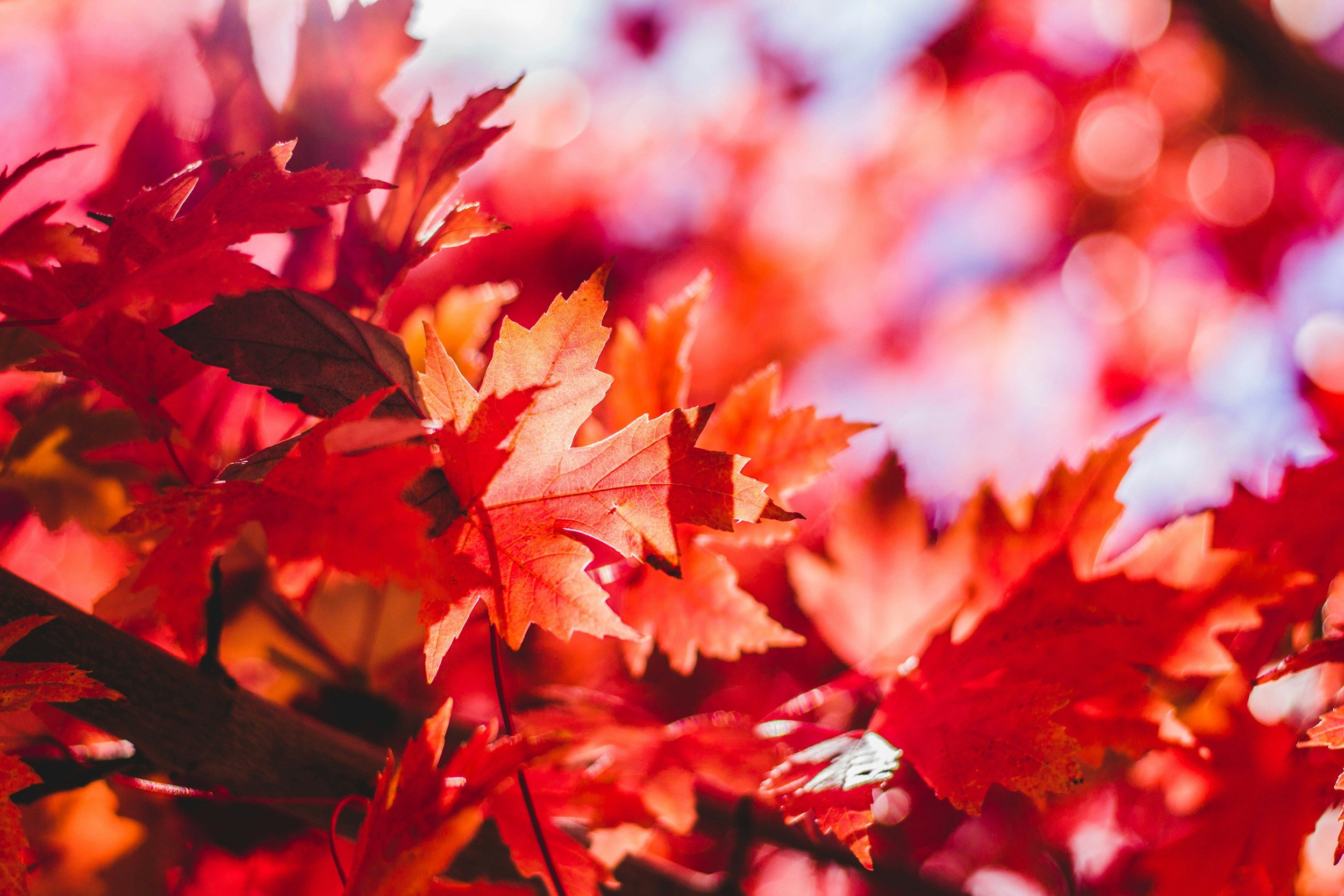
What do you mean ‘are you stressed’?
We’ve all heard the word “stress” a thousand times.
We all say it:
"I’m so stressed."
"This is stressing me out."
"My stress is making me sick."
But what does that actually mean?
Where does stress live in the body?
And what if we’ve been taught to fear it… rather than understand it?
Let’s take a breath together.
Because this blog — and Webinar One: Understanding Your Relationship with Stress — is your invitation to see stress differently.

Your Nervous System Isn’t Broken — It’s Heroically Protective
Does it ever feel like your body is working against you?
“My hands go numb for no reason.”
“I get panicky when a bill arrives.”
“Why am I so exhausted when nothing even happened today?”
Pause. Take a breath. Because chances are… your nervous system isn’t the enemy. It’s the hero — it’s just had its safety compass confused.

Sattva Vijaya: Ayurvedic Mind Healing for Modern Life
Thus, Sattva Vijaya means "conquering through Sattva" or more accurately, the establishment or restoration of mental balance and clarity by enhancing the Sattva guna.
In Ayurveda, Sattva Vijaya is a therapeutic approach used to strengthen the mind, promote resilience, emotional stability, and clarity.
Sattva Vijaya is a powerful concept in Ayurveda, often described as “the victory of clarity” or “strengthening the mind through purity.” It’s a therapeutic approach to emotional and psychological healing, rooted in India’s ancient system of medicine and designed to bring the mind back to balance, resilience, and self-trust.

Spring Ayurveda: Awakening and Balancing Kapha Dosha
As the chill of winter gives way to the freshness of spring, our bodies, too, experience a significant transformation. In Ayurveda, spring is a season dominated by Kapha dosha (earth and water elements), from the winter cold, wet (and consolidating energy of Winter) months. This combination can lead to heaviness, sluggishness, and excess moisture in the body, often manifesting as allergies, congestion, and fatigue.

Yoga Nidra: The Art of Yogic Sleep
In a world where stress and chronic symptoms reign, finding solace through ancient practices can be transformative. Yoga Nidra, often referred to as "yogic sleep," is one such practice that offers deep physical, mental, and emotional relaxation. Here, we'll explore its structure and benefits, aligning it with my holistic approach to health and well-being.

Discovering Ayurvedic Diagnosis: A Window to Your Inner Health
Ayurveda, an ancient system of medicine that originated in India over 3,000 years ago, is rooted in the idea that health and wellness depend on a delicate balance between the mind, body, and spirit. Ayurvedic diagnosis is an essential part of this holistic practice, providing insights into an individual's health by understanding their unique constitution, known as Prakrti, and the current state of imbalance, or Vikrti.

Understanding Osteoporosis Through the Lens of Ayurveda
Osteoporosis, a condition characterized by weakened and brittle bones, is described in Ayurveda as a disorder involving the deterioration of Asthi Dhatu (the bone tissue). By delving into the ancient wisdom of Ayurveda, as outlined in classical texts such as the Charaka Samhita, and modern interpretations by revered Ayurvedic scholars, we can gain a profound understanding of its causes and treatments.

Navigating the Transition from Early Winter to Late Winter: An Ayurvedic Perspective
As we move from early winter (Hemanta) to late winter (Shishira) around January 7th, the transition period brings significant changes in the environment and our bodies. Ayurveda, the ancient Indian system of medicine, offers valuable insights and tools to help us navigate this period smoothly and maintain balance.

The Importance of Rtu Sandhi
In Ayurveda, Rtu Sandhi refers to the transition period between two seasons, marking a time when the body is more vulnerable to imbalances due to changing environmental conditions. Ayurveda considers this time crucial for health maintenance and recommends specific lifestyle and dietary changes to ensure a smooth transition. Each Rtu Sandhi lasts for about 14 days (7 days before and after the end of one season), and there are six seasons (Rtu) in the Ayurvedic calendar.

Ayurvedic Tongue Scraping: A Comprehensive Guide
Tongue Scraping, or Jihwa Prakshalana, is a vital Ayurvedic practice for maintaining oral hygiene and overall health. Here’s a succinct guide to this ancient practice.

Oil Pulling: An Ayurvedic Morning Ritual
Oil Pulling is a powerful Ayurvedic practice known for its myriad health benefits. As an integral part of Dinacharya (daily routine), it helps maintain oral hygiene, boosts overall health, and connects deeply with our mind-body wellness. Let's dive into the details of this ancient practice and its benefits.

Morning Dinacharya: Embrace Your Day with Ayurvedic Wisdom
In Ayurveda, Dinacharya, or daily routine, plays a crucial role in maintaining harmony within the body and mind. Starting your day with mindful and purposeful practices sets a positive tone and aligns you with the rhythms of nature. Here's a guide to an ideal morning routine, incorporating key practices and the Ayurvedic clock.

Ushna Pana Chikitsa: The Ayurvedic Practice of Drinking Warm Water
What is Ushna Pana Chikitsa? Ushna Pana Chikitsa, or the practice of drinking warm water, is a fundamental aspect of Ayurvedic daily routine (Dinacharya) and seasonal regimen (Rtucharya). This simple yet powerful practice involves drinking a glass of warm water early in the morning.

Harnessing the Power of Ayurveda: Creating Weekly Rhythms for Balance and Well-being
In our fast-paced world, finding balance and maintaining well-being can often feel like an elusive goal. However, by aligning our daily routines with the natural rhythms of the week, we can create a harmonious lifestyle that supports both our physical and emotional health. Ayurveda, the ancient science of life, offers profound insights into how we can achieve this balance through Dinacharya (daily routines) and Rtucharya (seasonal routines).

Breathe Easy: Comprehensive Instructions for Jala Neti Practice
Jala Neti (nasal cleansing with water) is a recommended practice in Ayurveda for clearing the nasal passages and improving respiratory health. It is considered a part of the broader purification (Shodhana) practices in Ayurveda, particularly under the category of Shatkarma (six purification methods), which are crucial for maintaining balance in the body and mind. Here's a detailed breakdown of how Jala Neti is recommended based on the three main doshas (body types) in Ayurveda: Vata Prakrti, Pitta Prakrti, and Kapha Prakrti as well as their combinations.

The Role of Water in Ayurveda
In Ayurveda, water intake plays a crucial role in maintaining the balance of the dosha (Vata, Pitta, and Kapha) and supporting the digestive fire, known as Agni The quality, quantity, and timing of water intake can significantly influence digestion, absorption, and overall health. Here is a deeper exploration of water consumption based on authentic Ayurvedic wisdom:

Autumn Ayurveda: Balancing Pitta and Vata Dosha
As the vibrant hues of summer fade into the cooler tones of autumn, our bodies, too, undergo a significant transition
According to Ayurvedic wisdom, autumn is a season where accumulated Pitta dosha (the fire and water element) and rising Vata dosha (the air and space element) both are apparent in the body. This dual influence can manifest as dryness, coldness, and instability, both physically and emotionally.

Ama and Pachana in Ayurveda
In Ayurveda, "Ama" refers to undigested food or toxic residue that accumulates in the body due to improper digestion. Physically, ama manifests as a sticky, foul-smelling substance that can clog bodily channels (srotas) and lead to various health issues. It is often associated with symptoms such as lethargy, heaviness, coating on the tongue, indigestion, and a general feeling of malaise.

The Power of Rituals: Nourishing Body, Mind, and Soul
Rituals have been an integral part of human life for centuries. From the grand ceremonies of ancient civilizations to the quiet habits we practice daily, rituals shape our experiences, provide meaning, and offer a sense of stability.

Calm Renewal: Ayurvedic Harmony for Menopause Amidst Chronic Stress
In the journey of life, menopause is a natural milestone, yet for many, it’s a period marked by an array of symptoms that can be amplified by the presence of chronic stress. It’s a time when the body’s natural rhythms undergo significant change, and the need for balance becomes more crucial than ever.
